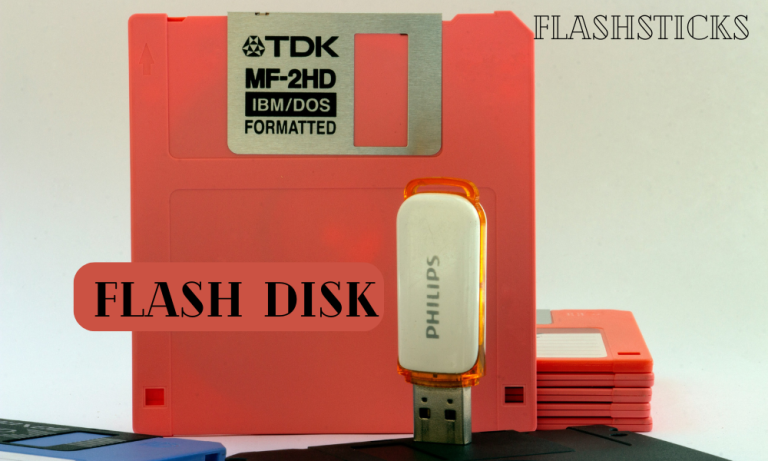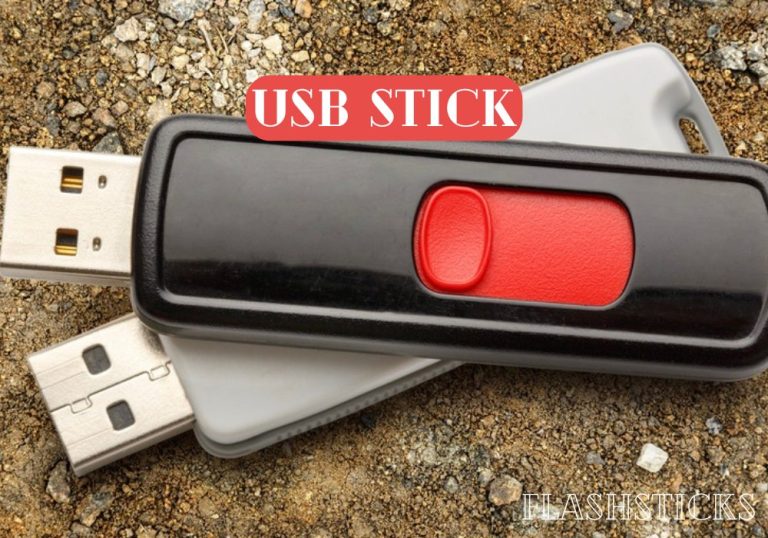What is the difference between a flash drive and a thumb drive?
“In today’s world, data storage solutions have evolved rapidly, leading to a variety of storage devices that cater to different needs. Among these, flash drives and thumb drives are two of the most commonly used portable storage solutions. However, many people often get confused about the differences between these two. Are they just different names for the same thing, or do they serve distinct purposes? Let’s dive deep and unravel the mystery of flash drives and thumb drives.
Introduction to Flash Drives and Thumb Drives
Both flash drives and thumb drives are portable storage devices that use flash memory to store data. They are popular for their compact sizes, ease of use, and ability to store large amounts of data. Despite their similarities, there are subtle differences between the two that we will explore in this article.
What is a Flash Drive?
The term “flash drive” is an umbrella term for any storage device that uses flash memory, which includes USB flash drives, memory cards, and even SSDs (solid-state drives). Flash drives utilize non-volatile memory, meaning they retain data even without power. They are typically used for data transfer, backup, and storage.
What is a Thumb Drive?
A thumb drive is a type of flash drive that is specifically designed to be compact and portable, often small enough to fit in your pocket. The term “thumb drive” originates from its size and shape, resembling a thumb. Thumb drives are exclusively USB flash drives, which connect to computers and other devices via a USB port.
Key Differences Between Flash Drives and Thumb Drives
While flash drives and thumb drives are similar, they can be distinguished based on their definitions, use cases, and terminology. Here is a detailed comparison:
Terminology and Usage
Feature
Flash Drive
Thumb Drive
Definition
Any device using flash memory.
A USB-based flash drive, small and portable.
Size
Varies (can include larger devices such as SSDs).
Usually small and compact.
Common Use
Storage, backup, and data transfer.
Portable data transfer and storage.
Design and Form Factor
One of the primary differences lies in the design and form factor:
- Flash drives can vary significantly in size and design, ranging from small USB sticks to larger external SSDs.
- Thumb drives are specifically designed to be small, often limited to the size of a thumb, making them highly portable.
Connectivity
Both devices primarily connect via USB ports, but there are slight variations:
- Flash Drives: May support different interfaces, including USB-A, USB-C, or even wireless connections for certain advanced models.
- Thumb Drives: Almost always connect via standard USB ports (USB-A or USB-C).
Benefits of Flash Drives and Thumb Drives
Both types of drives offer a range of benefits due to their nature of utilizing flash memory. Here’s a quick overview of the advantages:
Common Benefits
- Portability: Both flash drives and thumb drives are highly portable, making them convenient for on-the-go data transfer.
- Data Retention: Both devices use non-volatile memory, ensuring that data is retained even when the device is not powered.
- Durability: Flash memory is generally more durable than traditional hard drives, with no moving parts that could fail due to physical impact.
- Ease of Use: Both drives can be easily plugged into any compatible device and used without the need for special software.
Unique Benefits of Flash Drives
- Versatility: Flash drives can come in various formats, including memory cards and SSDs, making them suitable for a broad range of applications.
- Larger Storage Capacities: Flash drives, particularly SSDs, can offer significantly larger storage capacities compared to standard thumb drives.
Practical Tips for Using Flash Drives and Thumb Drives
Regardless of the type of drive you choose, here are some practical tips to optimize their use:
- Always Eject Properly: Ensure you properly eject your drive from the computer to prevent data corruption.
- Use Security Features: Utilize built-in encryption and password protection features to safeguard your data.
- Backup Regularly: Regularly back up your data to avoid losing important files in case the drive gets damaged or lost.
- Keep Firmware Updated: Regularly update the firmware (if applicable) to benefit from the latest security and performance improvements.
Conclusion
while the terms “flash drive” and ”thumb drive” are often used interchangeably, understanding their nuances can help you make more informed decisions. Flash drives encompass a broader category and can include various types of storage devices that use flash memory. On the other hand, thumb drives are specifically designed to be small, portable USB flash drives.
Whether you choose a flash drive or a thumb drive, both offer the convenience of portable, durable, and high-capacity storage. With advancements in technology, these devices continue to evolve, providing even better performance and reliability. Happy storing!
“`







